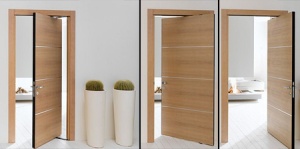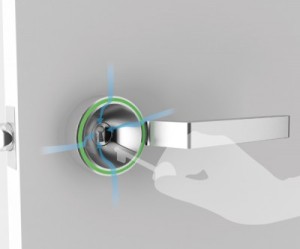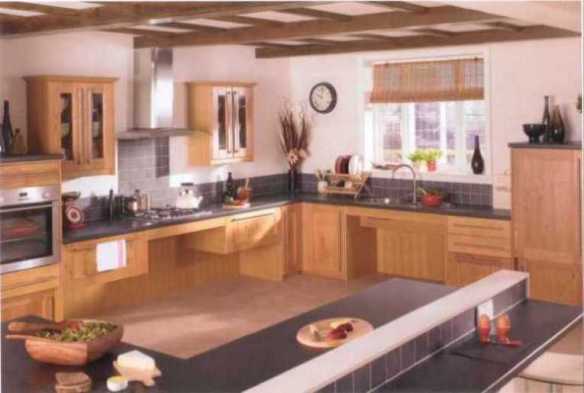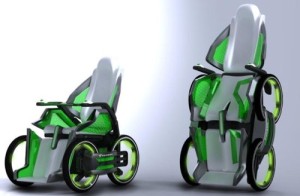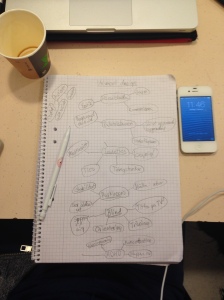Every one is different and everyone will grow old in different ways. That makes it impossible to design something that will fit everyone who is old. But as we grow old the liklihood that we will incur some impairments increases. This makes it possible to design a base the will work well with most of these impairments.
The entrance to the building which should be at ground level to make it easy for elderly people to get inside irrespective of physical impairment. On the ground floor there could be a cleaning aid for wheelchairs that makes it easy for people in wheelchair to keep the wheelchair and the apartment clean. The stairwell could have ramps instead of stairs to each floor and every floor have a color. In case of an emergency the ramp will work as an emergency exit route for people in a wheelchair.The elevator should be ample so that it i easy to fit more then one person in a wheelchair in the elevator. The floor buttons color should correspond with the color of each floor. This will make it easier for people with cognitive impairments to remember which floor to go to.
The apartment should be roomy so that is possible to use the aid that the persons living in the requires. To ease for people with cognitive impairments each room could have it own color and the door leading to that room can have the same color as the room behind the door. Either the whole door could have that color or maybe just the doorknob depending on the need of the person with cognitive impairments.
The doors should be wide so it is easy to go trough them with a wide wheelchair. The doors should not be regular that just opens in one way. The doors should be sliding or two way door like the picture TwoWayDoor. The doors should be easy to open and not assisted by electronic because of the consequences with an emergency or an outage the doors maybe will become to have to open without assistance for people with an impairment and then trapped inside. With doors like this the thresholds will be eliminated as well
One problem with locks is the key, it is curtail for open the lock but the key is easily misplaced. Another problem can be to get the key in the lock especially with an visual impairment or a disease that affects your muscle control. The concave lock will make it easier to locate the lock with the lighted circle around it and it will be easier to insert the key in the lock. This does not solve the problem with misplaced keys but it is a good solution for the locks that uses keys.
The hand basin in the bathroom should be adjustable in height and the tap should be intuitive and self explained of how to get cold or warm water and it should be the same way in the whole apartment. The shower should be with a hose and possible to use with a wheelchair so no thresholds. The floor non slippery even when wet. A bathtub that is easy get in and out of should also be in the bathroom.
The picture shows a very good example of how a kitchen to grow old with could look like.
Most of the cupboards at midlevel height so that people with bad backs don’t have to bend and people in a wheelchair can reach. From this picture it’s hard to tell if the two highest cupboards are reachable for a person in an wheelchair. The best thing about this kitchen is that it is beautiful and I feel that this is a kitchen that I could grow old in.

